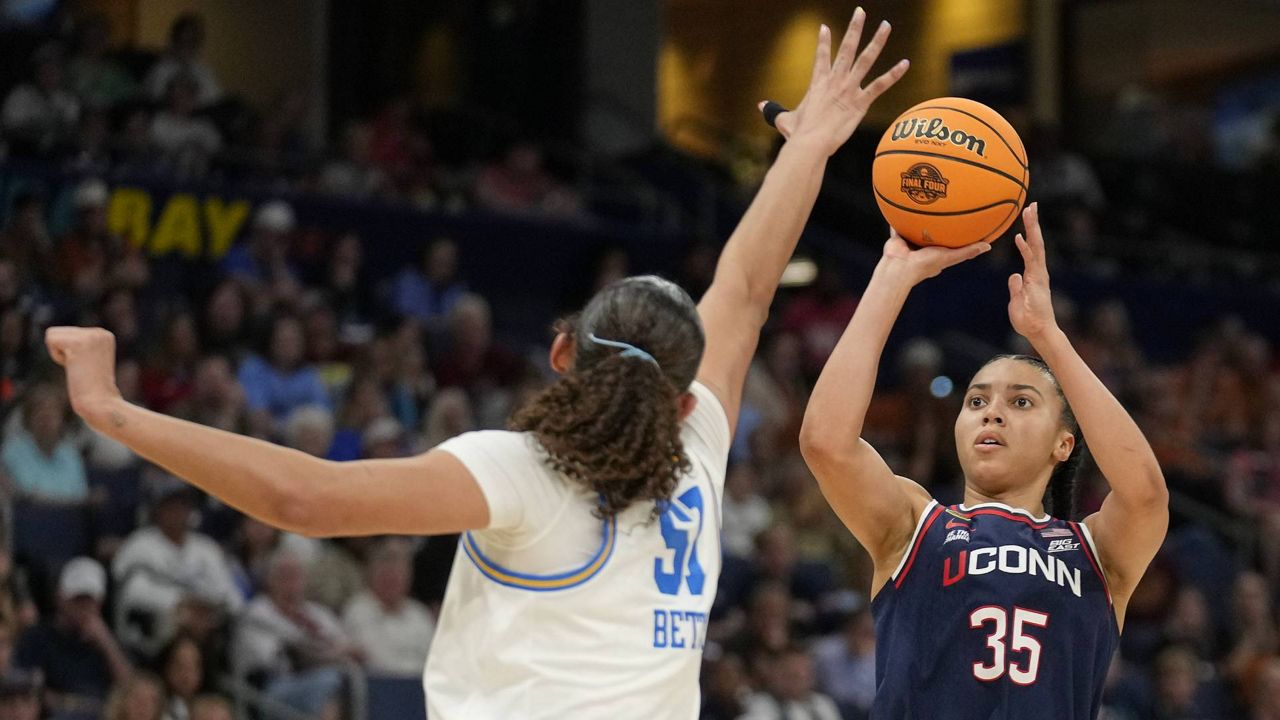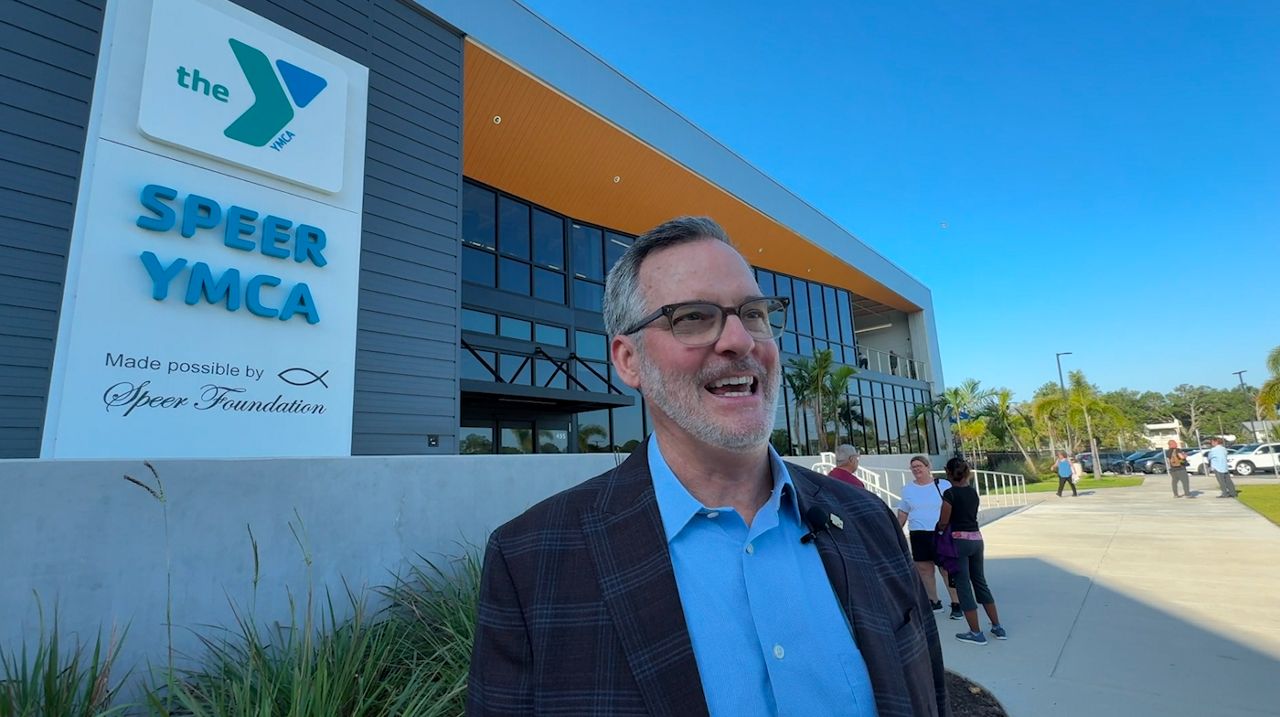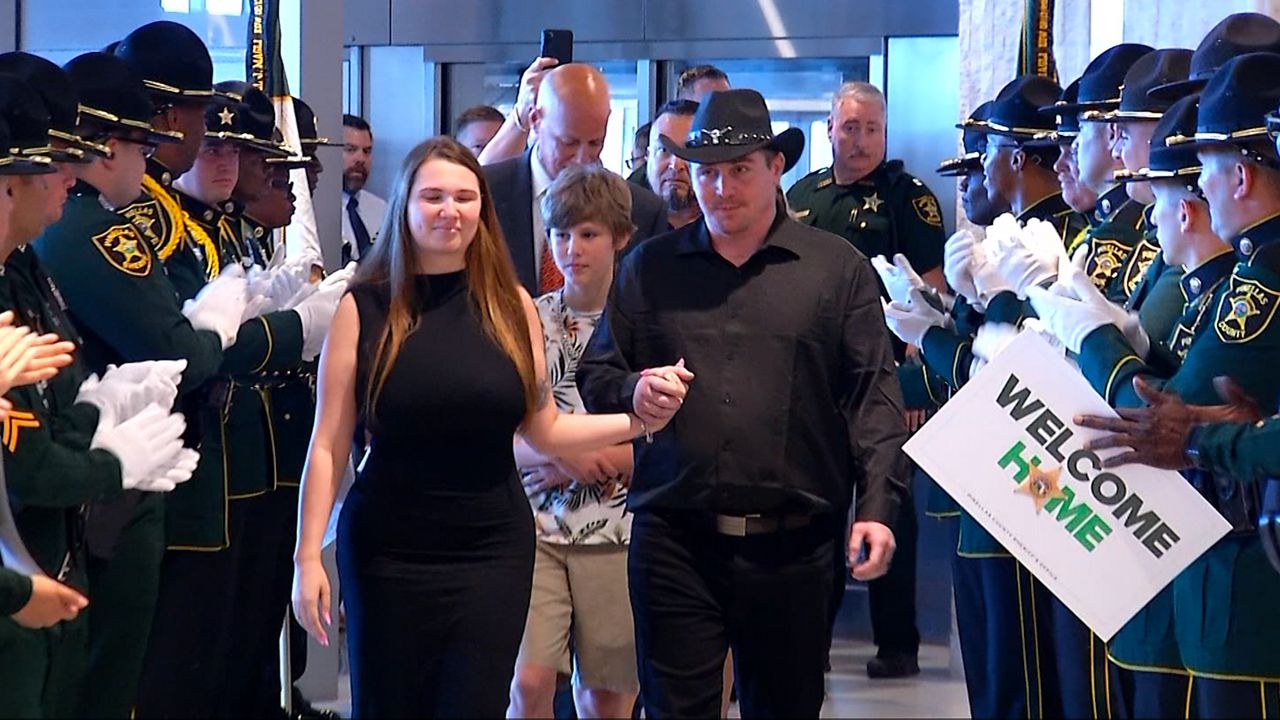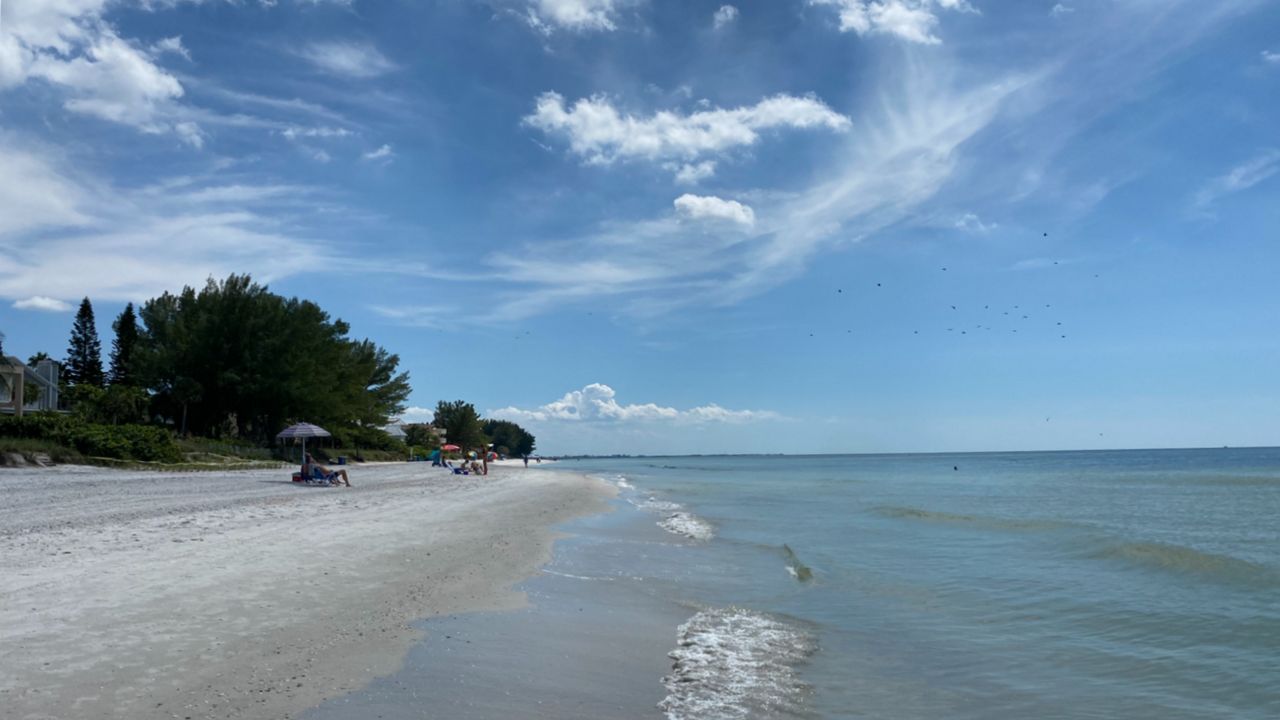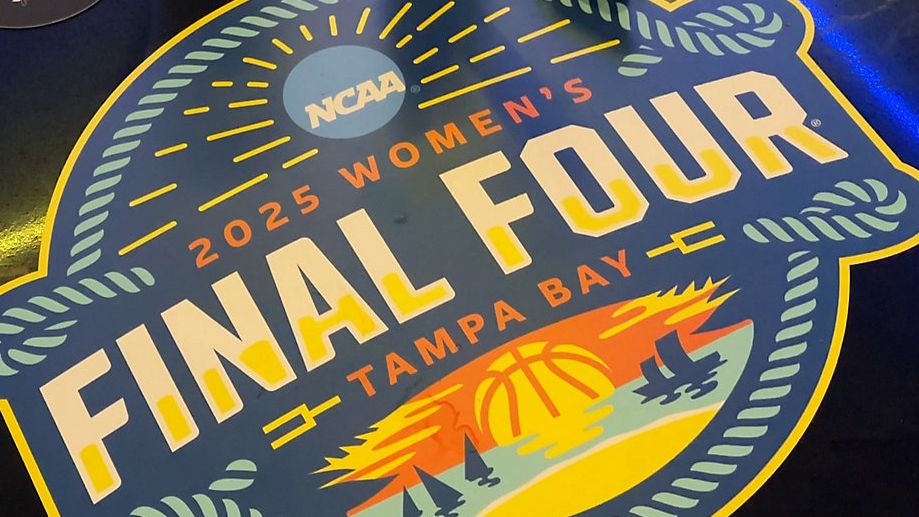St. Petersburg, Fla. — When Dr. Ahmad Shaker and Jessica Rymsza, a nurse practitioner, see Delaney Driver for a check-up, they are always smiling.
Driver just has a quick wit that makes people laugh.
“Second thing, are you caught up with the Blake Lively drama?" she says with a smile to Rymsza.
Driver is here at BayCare's St. Anthony's Hospital for her cancer treatments.
She has been diagnosed with a more advanced stage of breast cancer. When she was just 28, she had reported a small bump in her breast to her primary care doctor.
“By the time I followed up, it had already grown to like five centimeters," said Driver.
It was cancer, and now she has undergone chemotherapy, a double mastectomy, radiation and other kinds of treatment.
“Her outlook is so positive," said Rymsza, a Hematology Oncology Nurse Practitioner, Suncoast Oncology. "And despite this terrible diagnosis, she was able to maintain her positive attitude really the whole time.”
It is Driver's age that is so concerning to many oncologists. Breast cancer typically has been something people 40, 50, or older are diagnosed with. But the numbers are shifting.
“There has been an increase of 46% in the incidence of breast cancer in patients in their twenties," said Dr. Shaker. "So that's an increase. That's a major increase. And patients in their thirties to two forties that have been about a 9% increase compared to ten years ago.”
This is why the guideline to get a mammogram at 40 is just that, a guideline.
“Really, the strong recommendation now is for every female at the age of 25 to undergo what's called a risk assessment," said Dr. Shaker.
That assessment looks at a person's diet, family history, blood work and other variables to determine if mammograms should be started at a younger age.
Above all else, if something feels off, push for testing.
“It’s all about breast awareness," said Dr. Shaker. "You have to be aware of how your breast looks and how it feels. And if you feel something is wrong, reach out to somebody.”
The upside to this is, while rates of diagnosis are increasing with younger patients, overall the mortality rate of breast cancer is decreasing.
“So that's how much hair fell out just from brushing it," said Driver, showing an Instagram video she posted.
She started an Instagram page to share her story. It is called @GivingItMyBreast.
"I started this little series of like, 'I bet you didn't know this about a cancer patient.' l talk about something random that you would like never think of," said Driver, giving an example of the content she posts about.
She has cultivated a small community of "breasties," as she calls them. Those who follow her lend support and are given support if they are going through their own diagnosis.
“It’s not like me to just kind of like sulk," said Driver. "There's definitely sad moments and it's definitely been a hard year. But like, you know, sitting in sadness doesn't do much good.”
Driver's mother and grandmother both had breast cancer. Her family does not carry the BRCA gene.
Shaker said 90% of younger people who are diagnosed with cancer do not have that gene either.
To date, when it comes to breast cancer gene testing, more than 70 genes can be looked at to see if the disease is genetic. Shaker encourages people to ask their doctor about those tests and to get a risk factor assessment done, starting at 25 years of age.






